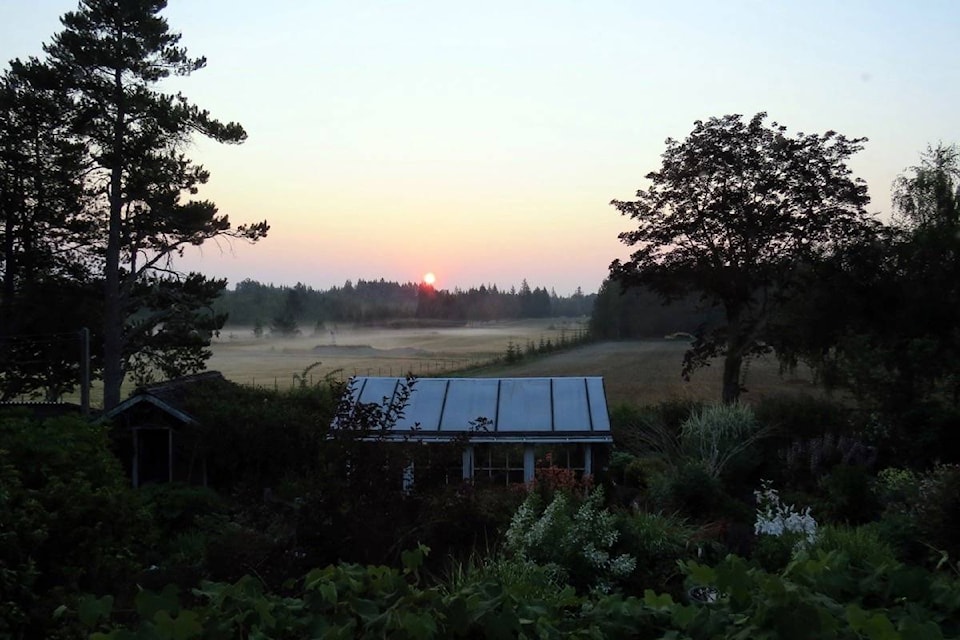While the heatwave has made any form of physical labour in the garden too unbearable by lunchtime, it has provided me with an excellent excuse to sit and catch up on my office work - namely sorting through my inbox. (After John and Sadie have been fed, of course.)
What is standing out amongst the emails are the number, and variety, of gardening questions I have received. Perhaps it is prudent to touch on a few here.
One of the more common queries is about powdery mildew.
It is definitely a problem on squashes and cucumbers in humid weather when days are hot and nights are cool, such as what we have been experiencing.
A few things you should keep in mind: only remove the shriveled, brown leaves from your afflicted plants. As unsightly as the scruffy, white leaves look, they are still producing food for the plants. If the plant cannot produce food, it cannot produce fruits.
The powdery mildew fungi attack the oldest leaves and weaker plants first. Feeding your plants with a liquid fertilizer and providing regular water at soil level will keep them strong and better able to fend off powdery mildew.
There are recipes you can easily mix up in a spray canister or bottle to help prevent powdery mildew from forming on our plants. Here’s one:
1 tbsp (15 ml) baking soda
1 tsp (5 ml) organic vegetable oil
1 tsp (5 ml) organic liquid soap
1 gal (3.8 L) water
Mix together in a spray canister and apply weekly to top and bottom of leaves.
Another recipe calls for mixing one part milk to two parts water, and spraying the upper and lower leaf surfaces. Science has not figured out why this recipe works so well, but the assumption is the natural compounds in milk boost the plants’ immune system.
There is more information about powdery mildew on my website, plus these recipes and one more. Enter “powdery mildew” into the search box or look in “Garden Recipes” under “In the Garden” on the main menu bar.
To wrap up the powdery mildew issue: once the afflicted plants are finished for the season, it is safe to add them to your compost pile. These fungal spores are prevalent everywhere, so it matters not the diseased plants go into making more soil for top dressing your garden.
On to fruit flies - always a pest at this time of year. If you have them in the house, I find a small dish of cider vinegar beside the fruit works well. Mind you, not all of the flies will drown themselves in the vinegar.
That is when I bring out my vacuum. Best defense yet.
Of greater concern is the Spotted Wing Drosophila (fruit fly), an introduced pest which is decimating soft fruit and berry crops in the Interior of B.C., along with the coast and as far up Vancouver Island as Salt Spring. No word they have reached the Valley yet.
You can help monitor for this pest by setting out traps in your berry patches right now. Punch four or five holes evenly just below the rim of a plastic deli container with a lid. Pour an inch of cider vinegar in the container and cover with lid. Set trap in the berry patch.
Check the trap over several days for fruit flies. You can easily tell the Spotted Wing flies as they will have a single black dot at the tip of each wing.
These are the males and where you have males, there will assuredly be the dot-less females. (More about this pest and trap photos are on my website: www.duchessofdirt.ca.)
More to come next column. In the meantime, happy harvesting!
Leslie Cox co-owns Growing Concern Cottage Garden in Black Creek. Her website is www.duchessofdirt.ca
